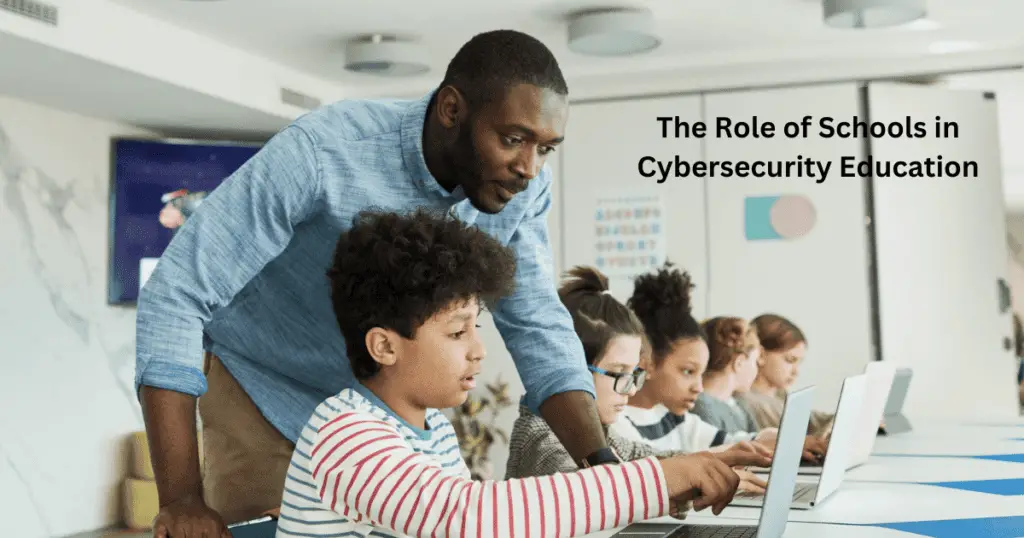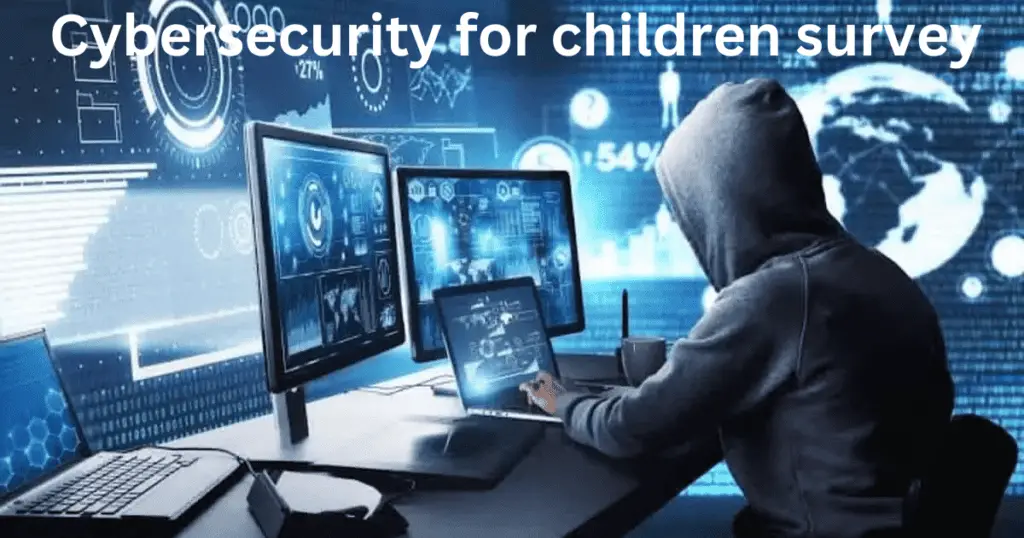In an era dominated by digital connectivity, ensuring the cybersecurity for children has become a paramount concern. This comprehensive review delves into the landscape of cybersecurity for children, examining the current state, challenges, and potential solutions. With an emphasis on parental awareness, educational initiatives, and the collective responsibility of governments, industries, and schools, this review navigates the complex terrain of securing the digital future for the youngest members of society.
In the expansive digital landscape, children encounter unprecedented opportunities for education and social engagement. However, this virtual realm simultaneously presents a spectrum of risks, spanning from the menace of online predators to the insidious threat of cyberbullying. Our endeavor in delving into the intricate facets of children’s cybersecurity is fueled by the commitment to offer distinctive insights and recommendations. The ultimate goal is to play a pivotal role in cultivating a digital environment that is not only secure but fosters positivity for the youngest users of the online world.
1. The State of Children’s Cybersecurity
Understanding the current state of cybersecurity for children is crucial for developing effective strategies. With an increasing number of children accessing the internet, the risks and challenges have escalated. Cybersecurity measures need to adapt to the evolving digital landscape, addressing emerging threats to children’s online safety.
2. Parental Awareness and Involvement
Educational Initiatives
Parental awareness is a linchpin in the defense against online threats to children. Initiatives that educate parents about the risks and preventive measures are essential. Workshops, webinars, and informative resources can empower parents with the knowledge needed to guide their children safely through the digital world.
Monitoring Tools
In addition to education, technological tools play a pivotal role. Parental control and monitoring apps provide parents with the means to supervise their children’s online activities. These tools enable the setting of restrictions, monitoring of content, and alerts for potentially harmful online interactions.
3. Challenges and Threats
Online Predators
Online predators pose a significant threat to children’s cybersecurity. Awareness campaigns, stricter legal consequences, and advanced monitoring tools are essential in mitigating this danger. Online safety education should be a collaborative effort involving parents, schools, and online platforms.
Inappropriate Content
Addressing children’s exposure to inappropriate content stands as an enduring challenge. Enhancements in content filtering mechanisms, the meticulous categorization of age-appropriate material, and the implementation of resilient reporting systems emerge as integral strategies in alleviating the associated risks linked with unsuitable content.
Cyberbullying
In delving into the ramifications of cyberbullying on the psychological well-being of youngsters, the repercussions are profound and warrant heightened concern. Effectively addressing this issue demands proactive measures from educational institutions and guardians alike. The implementation of all-encompassing anti-bullying strategies, the provision of therapeutic services, and the cultivation of transparent lines of communication stand as indispensable measures in confronting and alleviating the deleterious impacts of cyberbullying on the mental health of children.
4. Government and Industry Involvement
Legislation and Regulations
Governments play a crucial role in shaping the cybersecurity landscape for children. Stricter legislation and regulations, coupled with effective enforcement, are imperative. This includes legal consequences for online predators and measures to ensure age-appropriate content online.
Technology Companies’ Responsibility
Technology companies bear a responsibility to create and maintain safe online spaces for children. Implementing stringent content moderation, age verification mechanisms, and transparent data privacy policies contribute to a safer digital environment.
5. The Role of Schools in Cybersecurity Education
Curriculum Integration
Schools should integrate cybersecurity education into their curricula. Teaching children about online safety, responsible digital citizenship, and the consequences of online actions helps build a foundation for secure online behavior.
Teacher Training
Educators must receive training on recognizing and addressing cybersecurity issues. This includes identifying signs of cyberbullying, understanding online threats, and incorporating cybersecurity topics into classroom discussions.


6. Best Practices for Children’s Online Safety
Secure Passwords and Authentication
Encouraging the use of secure passwords and teaching children about the importance of authentication measures helps fortify their online accounts against unauthorized access.
Privacy Settings
Guiding children and parents in configuring privacy settings on social media platforms and online services enhances their control over personal information visibility.
Open Communication
Fostering an atmosphere of open communication among parents, teachers, and children is pivotal in creating a space where concerns can be freely and openly discussed. Actively encouraging children to share their online experiences plays a crucial role in the early identification and prevention of potential threats.
7. Positive Developments and Success Stories
Innovative Apps and Platforms
The digital landscape has witnessed the emergence of innovative apps and platforms dedicated to children’s online safety. These tools leverage technology to create secure environments for learning and entertainment.
Community Initiatives
Initiatives propelled by community efforts, including workshops, awareness campaigns, and local support groups, play a vital role in cultivating a culture centered around online safety. Collaborative endeavors within communities underscore the significance of collective responsibility in fostering a secure digital environment.
Conclusion
As we traverse the terrain of children’s cybersecurity, it becomes clear that ensuring the safety of their digital future demands a comprehensive strategy. A harmonious blend of parental consciousness, educational programs, technological advancements, and cooperative endeavors from governmental bodies, industries, and educational institutions is pivotal in establishing a protected online space for children. The way forward entails a constant adjustment to evolving threats, the introduction of inventive solutions, and a steadfast dedication to providing the younger generation with the understanding and resources needed to navigate the digital realm securely.
Frequently Asked Questions (FAQs)
Q1. How can parents monitor their children’s online activities?
Parents have the capability to employ monitoring tools and parental control applications, enabling them to oversee their children’s online engagements, impose restrictions, and be notified of any potentially harmful interactions.
Q2. What role do schools play in cybersecurity education?
Schools should integrate cybersecurity education into their curricula, teaching children about online safety, responsible digital citizenship, and the consequences of online actions. Educators also need training on recognizing and addressing cybersecurity issues.
Q3. How can technology companies contribute to children’s online safety?
Technology companies can implement stringent content moderation, age verification mechanisms, and transparent data privacy policies to create and maintain safe online spaces for children.
Q4. What are some best practices for children’s online safety?
Adhering to optimal practices involves promoting the adoption of secure passwords, adjusting privacy settings on social media platforms, and fostering transparent communication between parents, teachers, and children. This facilitates discussions regarding online experiences and potential threats in a collaborative and open manner.

